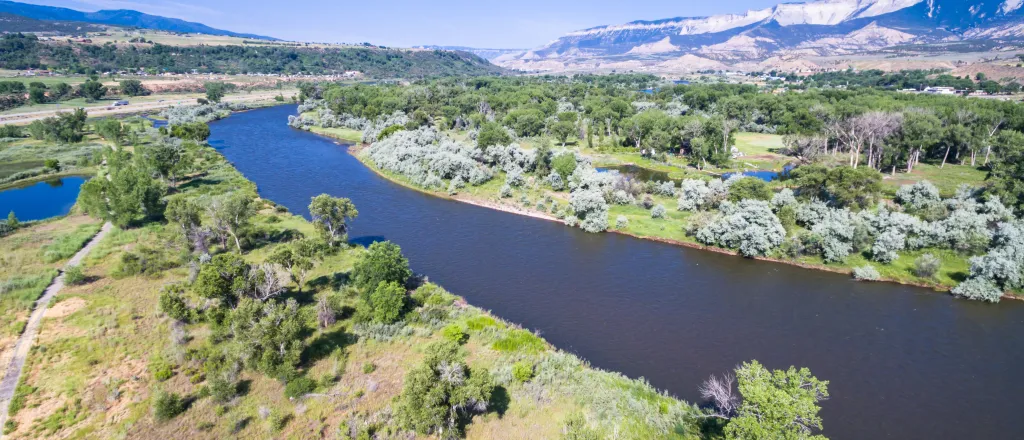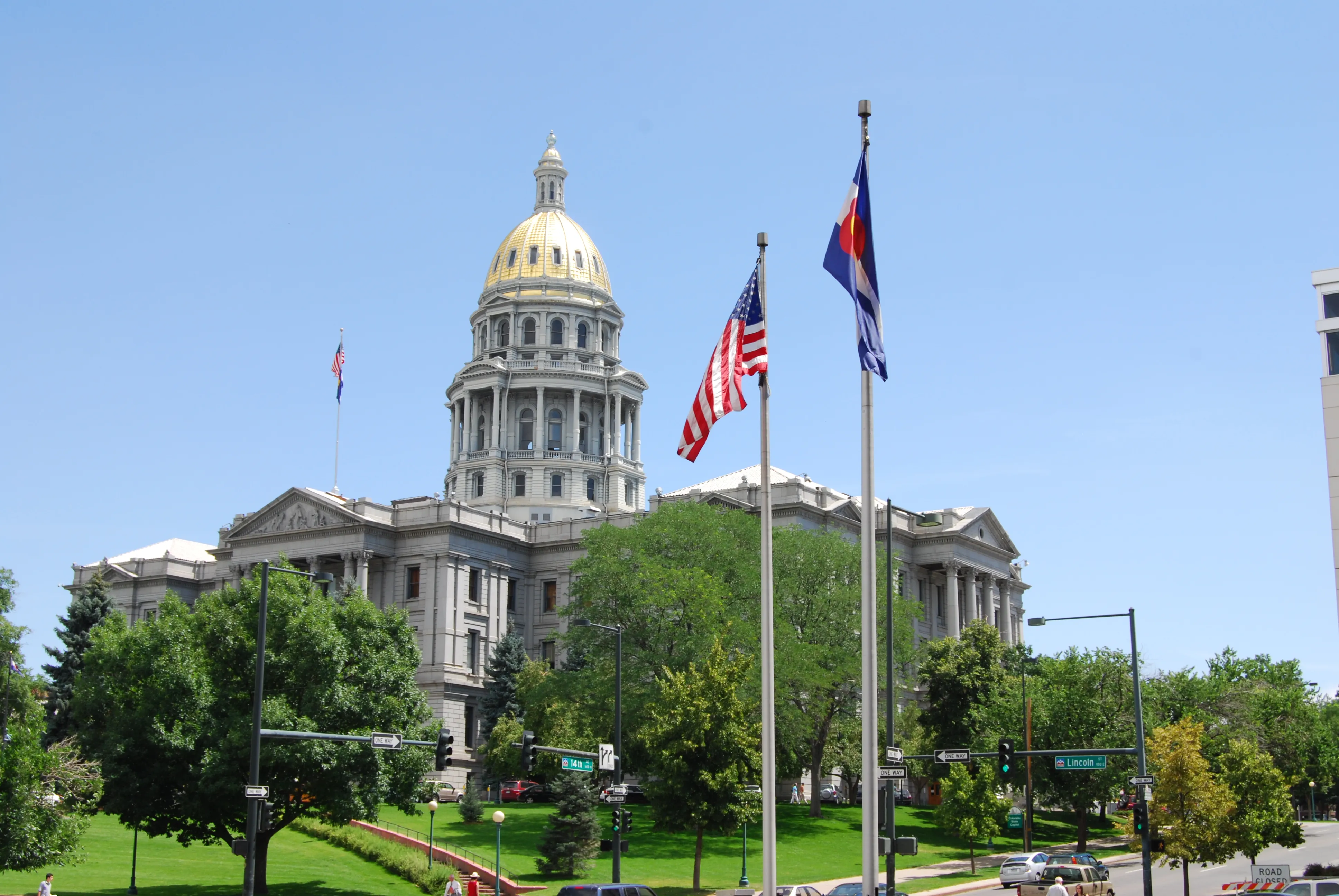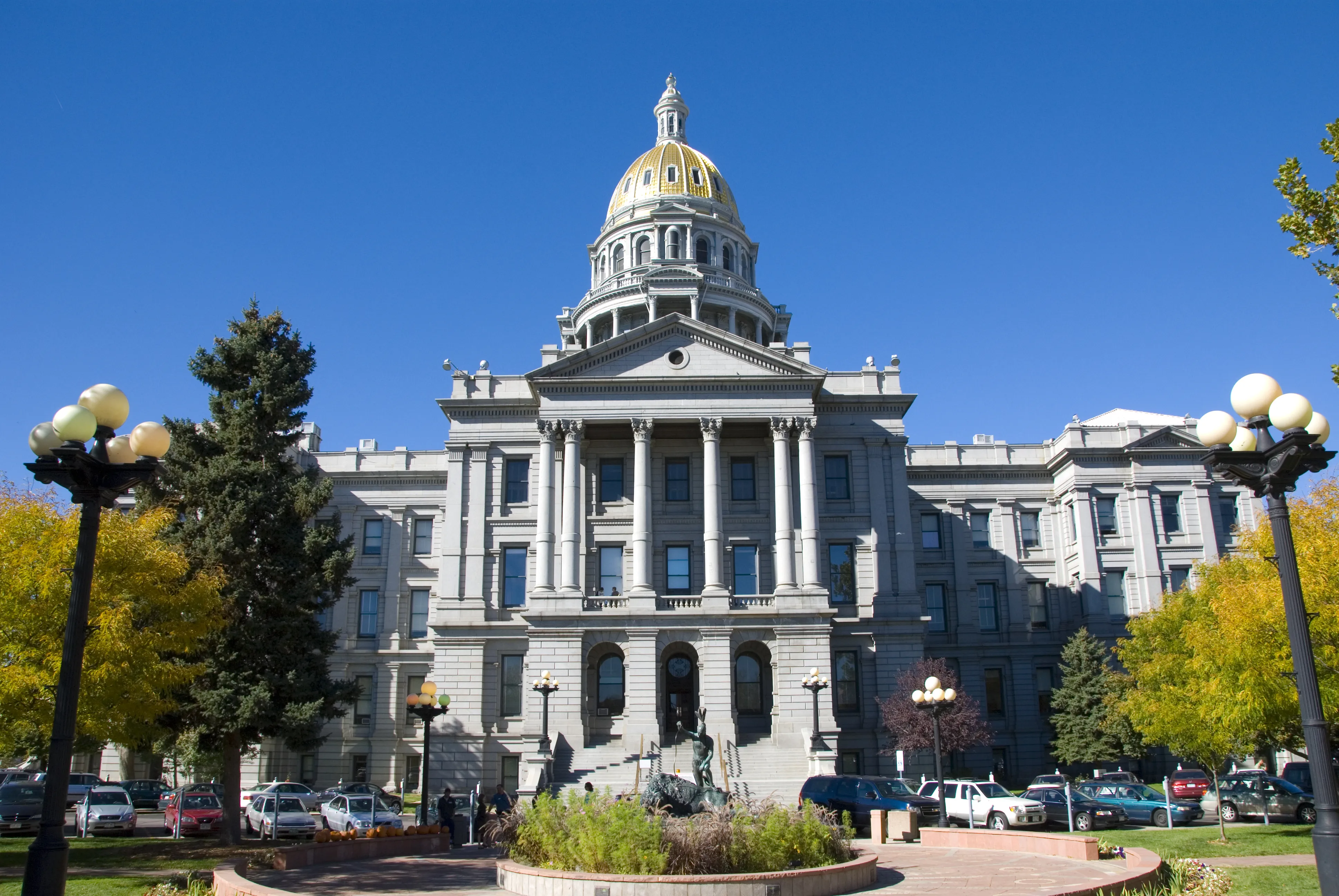
Tribal voices now being heard at the Colorado River table
A version of this commentary originally appeared in Big Pivots.
(Colorado Newsline) Voices of Native American residents, long shunted to the side room, if acknowledged at all, are being heard more clearly in Colorado River discussions, as reflected in two recent water conferences in Colorado.
At the first, a drought summit held in Denver, a panel that was devoted to the worsening imbalance between water supplies and demands included Lorelei Cloud, the vice chairman of the Southern Ute Indian Tribe. Her presence was an overt acknowledgement by conference organizers that the Ute tribe, if a part of Colorado, is also a sovereign. That’s something new.
The conference was sponsored by the Colorado Water Conservation Board, the state’s preeminent water policy agency. Cloud recently became a board member, representing southwestern Colorado. She’s the first Ute ever on the board.
Cloud lauded Colorado for being ahead of many other states in including native voices. “We’re making strides,” she said but added that work remains.
The next week, she was on a stage in Boulder, at the Getches-Wilkinson Center’s annual conference about the Colorado River. Thirteen of the 30 federally recognized tribes that hold water rights in the Colorado River Basin were present.
Their rights stem from a 1908 Supreme Court decision involving tribal lands in Montana. The high court agreed that when the U.S. government created reservations and expected tribes to live there, water sufficient to the presumed agrarian ways was part of the deal.
This decision, called the Winters Doctrine, has enormous implications for the shrinking Colorado River. Tribes collectively hold 25% to even 30% of the water rights in basin. Not all claims have been adjudicated. Most tribal rights predate others. The Southern Ute rights, for example, date to 1868.
All predate the Colorado River Compact. Tribes were not invited to Santa Fe in 1922 to apportion the river’s waters among the seven basin states, though the compact does acknowledge federal obligations.
Our ceremonies and prayers revolve around water ... That is what Hopi can contribute, along with dialogue.
– Tribal member Dale Sinquah
Now, with the Colorado River delivering an average 12.5 million acre-feet, far less than the 20-plus assumed by those who crafted the compact, with flows expected to decline further, we have hard decisions to make. Tribal voices are being integrated into the discussions. Not fast enough for some, but very different than just a few years ago, when the federal government merely “consulted” tribes in the 2019 drought plan. The states were fully engaged.
“We need to be at the table, not just at a side table,” said one tribal representative at the Boulder conference.
Some tribes have been amenable to leasing their rights to cities and others. But will tribes with a few thousand members exert as much influence as California with its giant farms and its huge cities? California maintains that its senior rights be respected in any agreements. Still unclear is what hewing to that principle means when it comes to tribes with their even more senior rights.
Also unclear is the practicality of fully integrating the 30 tribes, each with unique circumstances and perspectives, in discussions with the seven basin states and federal government about how to address the sharp limitations imposed by the river. What has changed is broad recognition that tribal voices must better be included. Through the Water and Tribes Initiative, the tribes themselves have insisted upon being heard.
Residual anger at being shunted aside remains. Also ample is a spirit of cooperation. Many representatives suggested their tribes offer creativity and innovations in the community of 40 million Colorado River water users that extends from the farms of northeastern Colorado to the metropolises of Southern California.
Stephen Roe Lewis, the governor of the Gila River Indian Community south of Phoenix, pointed out that his tribe has undertaken the largest integration of solar panels over water canals in North American, a practice called aquavoltaics.
Others suggested they offered perspective. The Hopi have been in Arizona for more than 2,000 years. They’ve experienced drought before, said tribal member Dale Sinquah. “Our ceremonies and prayers revolve around water,” he said. “That is what Hopi can contribute, along with dialogue.”
Native American people often talk of water as being sacred, but that does not mean roped-off, kept in closets. The Native understanding is different than the legalistic framework most of us use. They see water as something to be used, yes, but not in the same lens as most of us, who view it more narrowly as a commodity. What that means in practice is hard to tease out.
Peter Ortego, a non-native attorney representing the Ute Mountain Ute Tribe of Colorado, said he found it odd the session had not started with a prayer. “Maybe we should ask, ‘What should we do day today to respect the spirituality of water?’”
He’s got a point. I’ve never asked that question, but I am very curious about the answer.
Colorado Newsline is part of States Newsroom, a network of news bureaus supported by grants and a coalition of donors as a 501c(3) public charity. Colorado Newsline maintains editorial independence. Contact Editor Quentin Young for questions: info@coloradonewsline.com. Follow Colorado Newsline on Facebook and Twitter.

















